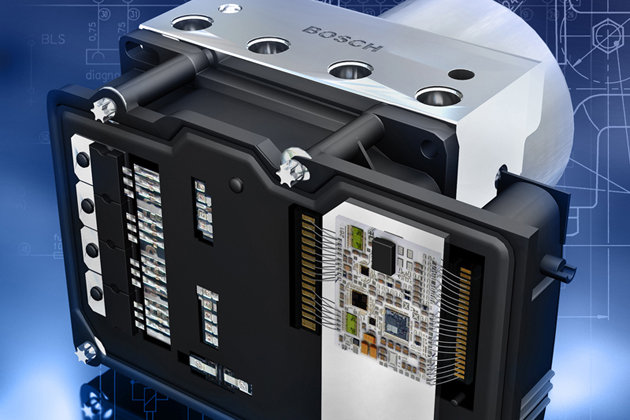
ABS - is it effective on any surface?
The system, commonly known as ABS (Anti-Lock Braking System), which is part of the braking system, has been installed in every new car for many years. Its main task is to prevent the wheels from locking during braking. Despite the popularity of ABS, many users still cannot fully use it in practice. Not everyone is also aware that its work on dry and wet surfaces is different from work on sandy or snowy surfaces.
How does it work?
The first time an anti-lock braking system was fitted as standard on the 1985 Ford Scorpio. ABS consists of two systems: electronic and hydraulic. The basic elements of the system are speed sensors (separately for each wheel), an ABS controller, pressure modulators and a brake pedal with booster and brake pump. In order to prevent the individual wheels of the vehicle from skidding during braking, the aforementioned speed sensors constantly monitor the speed of the individual wheels. If one of them starts to rotate more slowly than the others or stops rotating altogether (due to clogging), the valve in the ABS pump channel opens. Consequently, the brake fluid pressure is reduced and the brake blocking the wheel in question is released. After a while, the fluid pressure builds up again, causing the brake to re-engage.
How to (correctly) use?
To get the most out of ABS, you must use the brake pedal consciously. First of all, we must forget about the so-called impulse braking, which allows you to effectively and safely brake a vehicle without this system. In a car with ABS, you need to get used to pressing the brake pedal all the way and not taking your foot off it. The operation of the system will be confirmed by a sound similar to a hammer hitting a wheel, and we will also feel a pulsation under the brake pedal. Sometimes it is so strong that it puts up strong resistance. Despite this, you must not release the brake pedal, as the car will not stop.
The case with the ABS system installed in newer car models looks somewhat different. In the latter, it is additionally enriched with a system that, based on the force with which the driver presses the brake, registers the need for sudden braking and “presses” the pedal for this. In addition, the braking force of the brakes on both axles is continuously variable to maximize system efficiency and tire grip.
Different in different land
Attention! Conscious use of ABS also requires knowledge of how it behaves on different surfaces. It performs flawlessly on dry and wet surfaces, effectively shortening the braking distance. However, on sandy or snowy surfaces, things are much worse. In the case of the latter, it should be remembered that ABS can even increase the braking distance. Why? The answer is simple - loose road surface interferes with “letting go” and re-braking the blocking wheels. However, despite these difficulties, the system allows you to maintain controllability of the car and, with the appropriate (read - calm) movement of the steering wheel, change the direction of movement when braking.

